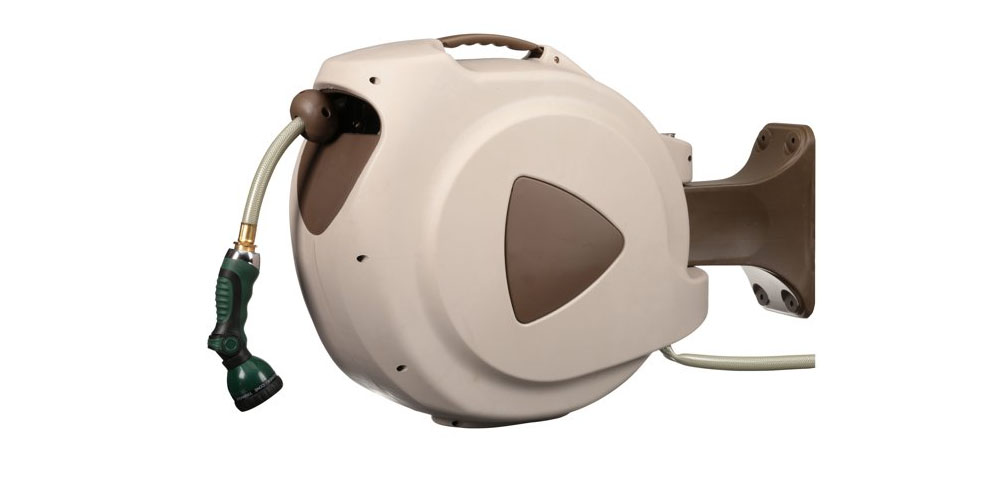When shopping for a hose reel, you want to get the best product on the market. However, before branding a product as the best hose reel ever, it would be wise to understand how it works. A significant part of understanding how a hose reel works are apprehending its retraction system. For this reason, this post will be covering the top hose reel retraction methods and how they work.
Popular hose reel retraction methods
There are three popular hose reel retraction methods. They are:
1. Hand crank retraction method
As the name suggests, this retraction method involves the use of your hands and a manual crank. It is the simplest hose reel retraction method in the market. Here, all you have to do is to turn the crank manually. Doing this causes the hose reel to unwind from the reel. Once you are done using the hose, you have to turn the crank in the opposite direction, and the hose will be retracted onto the hose reel.
Advantages of hand crank retraction
- It is effortless to use
- It requires little maintenance
- It can accommodate longer hoses
- You can use it in any location as it does not need a power source
- Hand crank retracted hose reels are cheap
The downside
- It requires a lot of physical effort to operate
2. Spring-driven retraction methods
Also known as automatic hose reels, spring-driven hose reels use a spring mechanism to retract. What happens is that the hose is pulled from the reel, tension is created within the springs. This pressure is stored as the hose is locked at a particular length. Once the locking mechanism is released, the stress is also released, and the hose is automatically retracted to the reel.
Advantages of spring-driven retraction method
- It does not require any manual labor
- The mechanism is quite simple because it is automatic
- It is low maintenance
- It does not require a power source, hence can be used anywhere
The downside
- Spring-driven hose reels are slightly more costly than the former.
3. Motor-driven retraction method
Hose reels that use this retraction method usually come with a motor attached to them. The type of motor may differ from one product to the next. The motor design and type affect the way the retraction system works. The most common types of motors are;
- AC or DC electric motors- hoses on hose reels using these motors can be dispensed by pulling. After application, the motor is engaged to retract the hose on the reel.
- Pneumatic motors- here, compressed air is used to operate the hose reel. Pneumatic motors are popularly used in applications where electrical shock or sparking hazards are more likely.
- Hydraulic motors- these engines are designed for hose reels that operate in hazardous environments. These motors offer exemplary endurance and strength.
Advantages of motor-driven retraction method
- It does not require any physical effort
- It allows you to use hoses of any length
- It is safe
- It comes in various types
The downsides
- It is a complex design and expensive
Conclusion
The retraction method is one of the first things you ought to look into when choosing the best hose reel. Therefore, the information above will come in handy in helping you make an informed decision.
